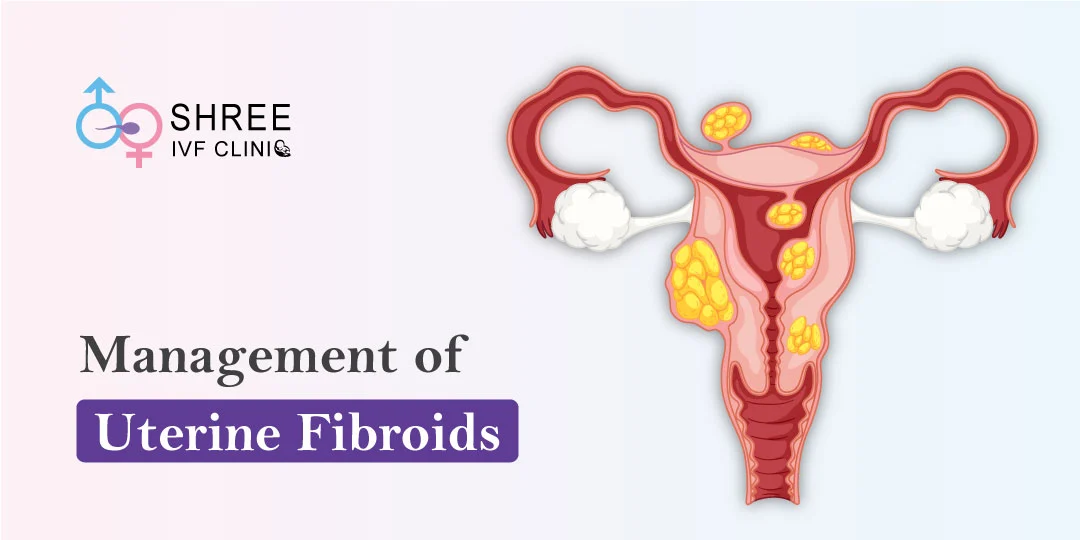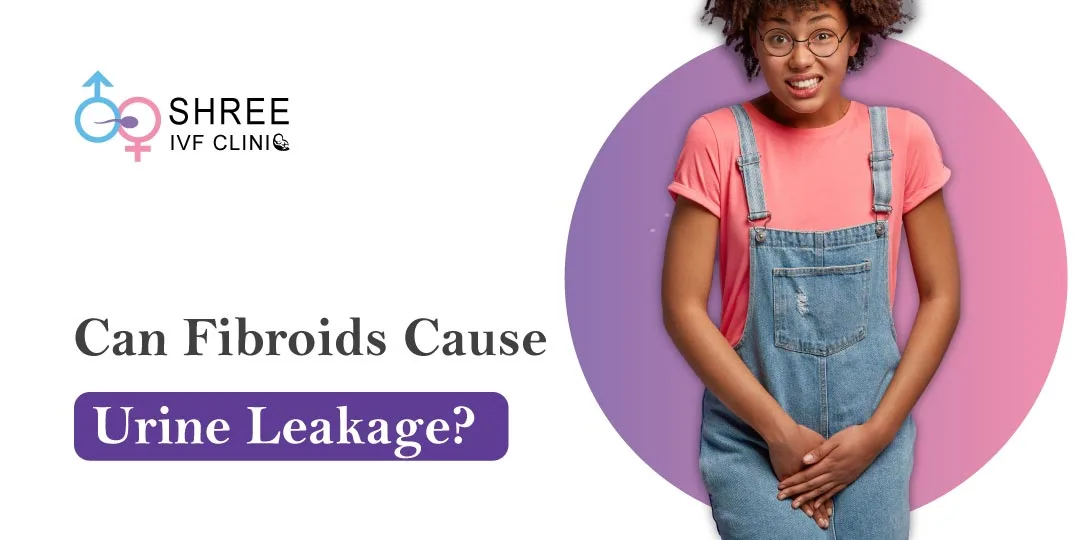All about the Management of Uterine Fibroids
UPDATED ON 14 FEB. 2023
If you are one of the 70-80% of women who will experience fibroids during their lifetime, then it’s essential that you understand how to manage them.
As an experienced gynaecologist, I’ve seen many uterine fibroid cases and am here to share my advice on understanding such a common issue and helping you find relief from this condition.

AUTHOR
Dr Jay Mehta
Scientific Director & IVF Specialist with 10+ years of experience
TREATMENT
CONDITION
GET IN TOUCH ON
From learning about the different types of fibroids to exploring various treatment options – it’s important for you to have all the information available so that together we can plan your management strategy.
Uterine Fibroids : What is it & How is it Developed?
Uterine fibroids, or leiomyomas, are non-cancerous tumours that develop in the wall of a woman’s uterus and can vary in size from very tiny to large.
It is estimated that up to 80% of women will experience uterine fibroids at some point during their lifetime.
The exact cause of why a woman develops fibroids is unknown; however, it is believed to be due to changes in hormones such as estrogen
It is important to note that while most patients with uterine fibroids do not require treatment, there are cases where medical intervention may be necessary.
Therefore, it’s important for you to understand the different types of treatments available so that together we can decide which one is best for you.
Treatment for Uterine Fibroids
The treatment for uterine fibroids will depend on the size and number of fibroids as well as the symptoms they are causing.
The main types of treatment include medical therapy, minimally invasive options such as laparoscopic surgery, hysteroscopic resection or ablation and traditional open surgery.
Medical therapy can help to reduce the size of fibroids and may include medication such as gonadotropin-releasing hormone (GnRH) agonists or progestins.
These medications are used to reduce estrogen levels which can help to shrink fibroids.
Minimally invasive options such as laparoscopic surgery, hysteroscopy and ablation can be used to remove the fibroids while avoiding a large incision.
This type of treatment is very beneficial for those who would like to maintain their fertility or have smaller fibroids that do not require traditional open surgery.
Traditional open surgery may be necessary if the patient has very large fibroids, multiple fibroids or if the fibroids are causing severe symptoms.
During this procedure, the surgeon will make an incision in the abdomen, access the uterus and then remove all of the affected tissue.
It is important to note that this type of surgery can be associated with significant blood loss and a lengthy recovery period.
Does Every Fibroid Need Surgery?
No, not every fibroid needs surgery.
It is important to understand that most uterine fibroids do not require treatment and in many cases can be managed with lifestyle changes such as dietary modifications, exercise and stress management.
If you are experiencing any symptoms associated with uterine fibroids then it is important to visit your doctor so that they can help you determine the best treatment plan for your specific situation.
Together we can decide if medical therapy, minimally invasive options or traditional open surgery is right for you.

4,790+
379K+
” Every individual and couple’s journey is unique, and
finding the right solutions tailored to their specific
circumstances can make all the difference “
Latest Treatments and Research in Uterine Fibroid Treatment
One of the most promising therapies currently being explored is focused ultrasound ablation. This procedure uses high-intensity sound waves to target and destroy specific areas of tissue with minimal risk or side effects.
Another medical treatment option for uterine fibroids is Uterine Artery Embolization (UAE). This technique involves blocking off the blood supply that feeds the fibroid, thus reducing its size and relieving symptoms.
It can be difficult to understand your options when it comes to treating uterine fibroids but understanding the different types of treatments available, their risks and benefits, can help you make an informed decision about which one is best for you.
It’s important to remember that each patient is unique and only your doctor will be able to give you a personalized treatment plan that is tailored to your needs.
Living with Uterine Fibroids
Uterine fibroids can cause a variety of symptoms including heavy menstrual periods, pelvic pressure or pain and infertility in some cases.
If you are living with fibroids it is important to talk to your doctor about the best management plan for you.
Depending on your individual situation, this may include medication, minimally invasive treatments such as laparoscopic surgery or ablation or traditional open surgery.
It is also important to monitor any changes in your symptoms – if you experience any new or worsening symptoms then it is important that you seek medical advice immediately.
AUTHOR
Dr Jay Mehta
Scientific Director & IVF Specialist with 10+ years of experience
TREATMENT
CONDITION
CALL US 24/7 FOR ANY HELP
GET IN TOUCH ON
Share Article on
Recommended Reading
Bulky Uterus & Uterine Fibroids : Understanding Diagnosis, Treatments, Risks & more
In this blog, we’ll detail some of the typical signs and causes associated with both types of fertility issues.
Can Fibroids Cause Urine Leakage?
Urinary incontinence is more prevalent in women than men and can be caused by numerous health conditions such as childbirth or pelvic surgery
Fibroids Diet : Best Foods For Uterine Fibroids
It is important to note that food choices can play a role in managing fibroid symptoms. Eating an anti-inflammatory diet full of nutrient




